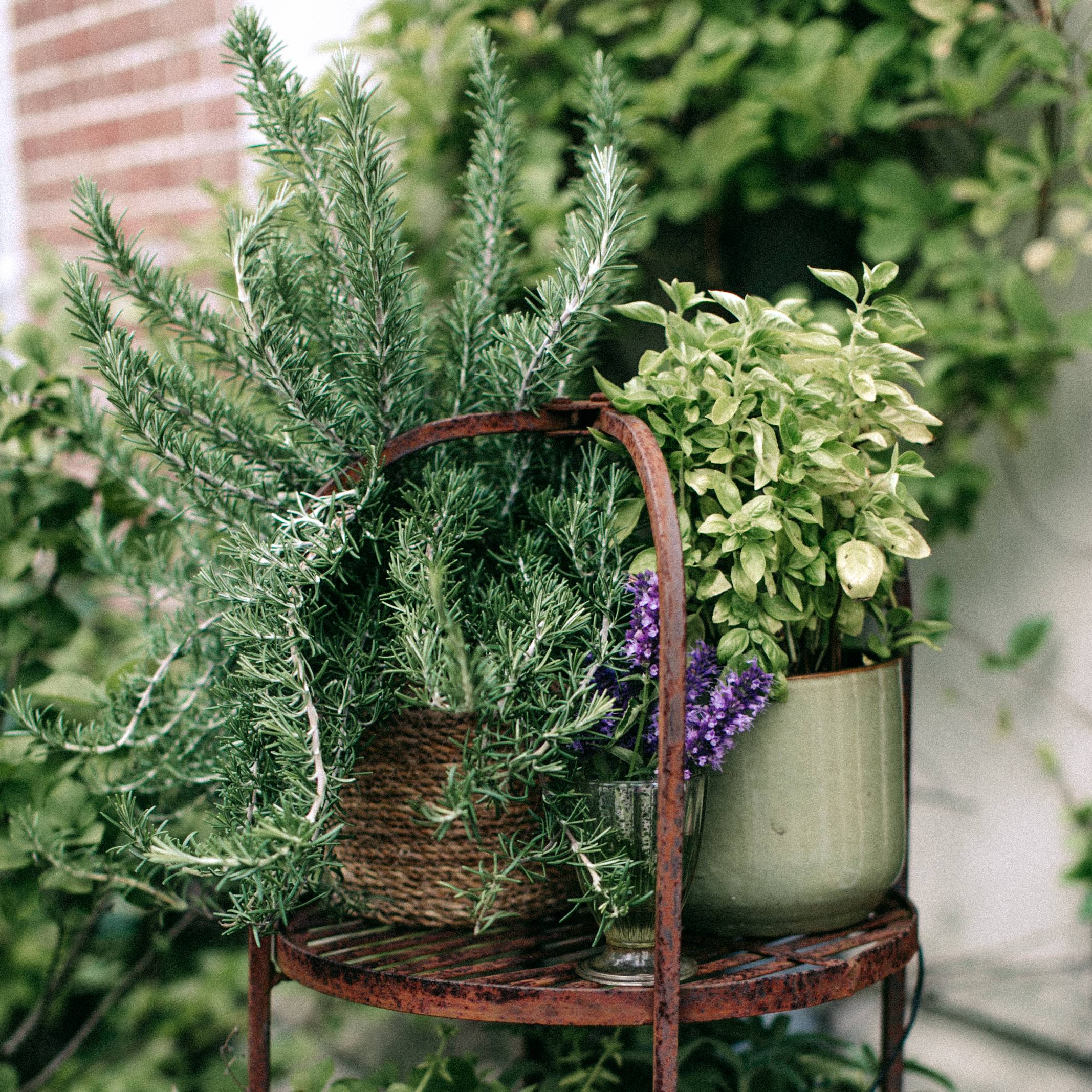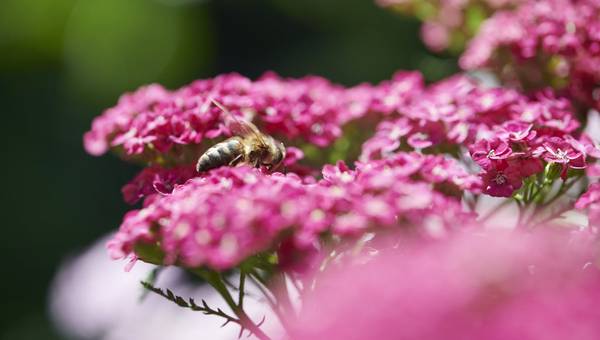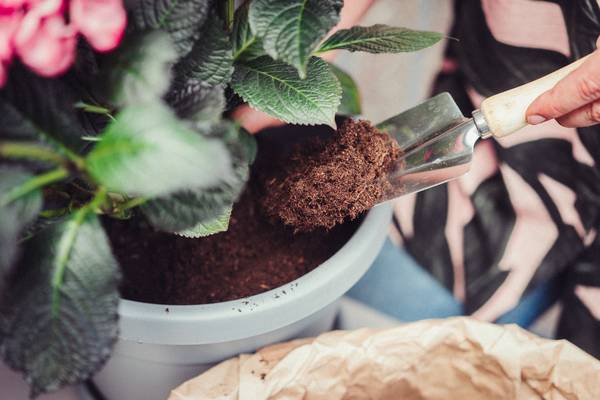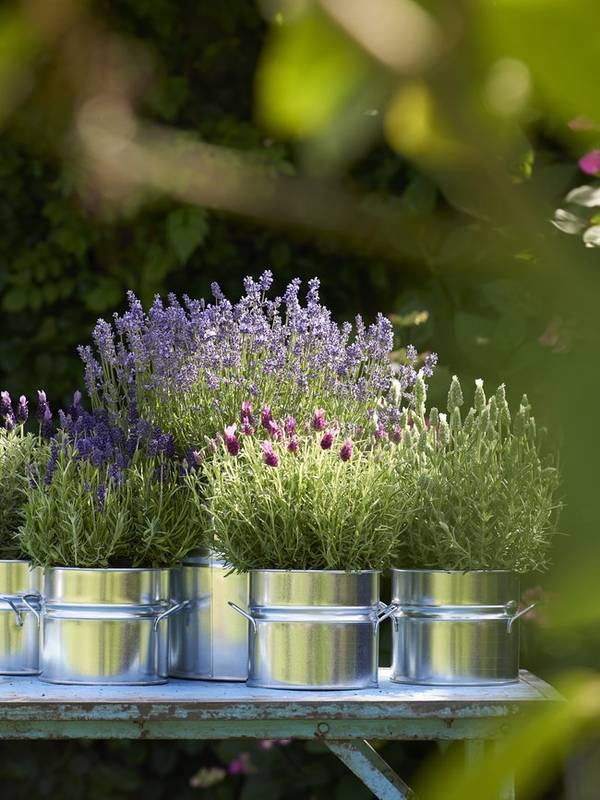
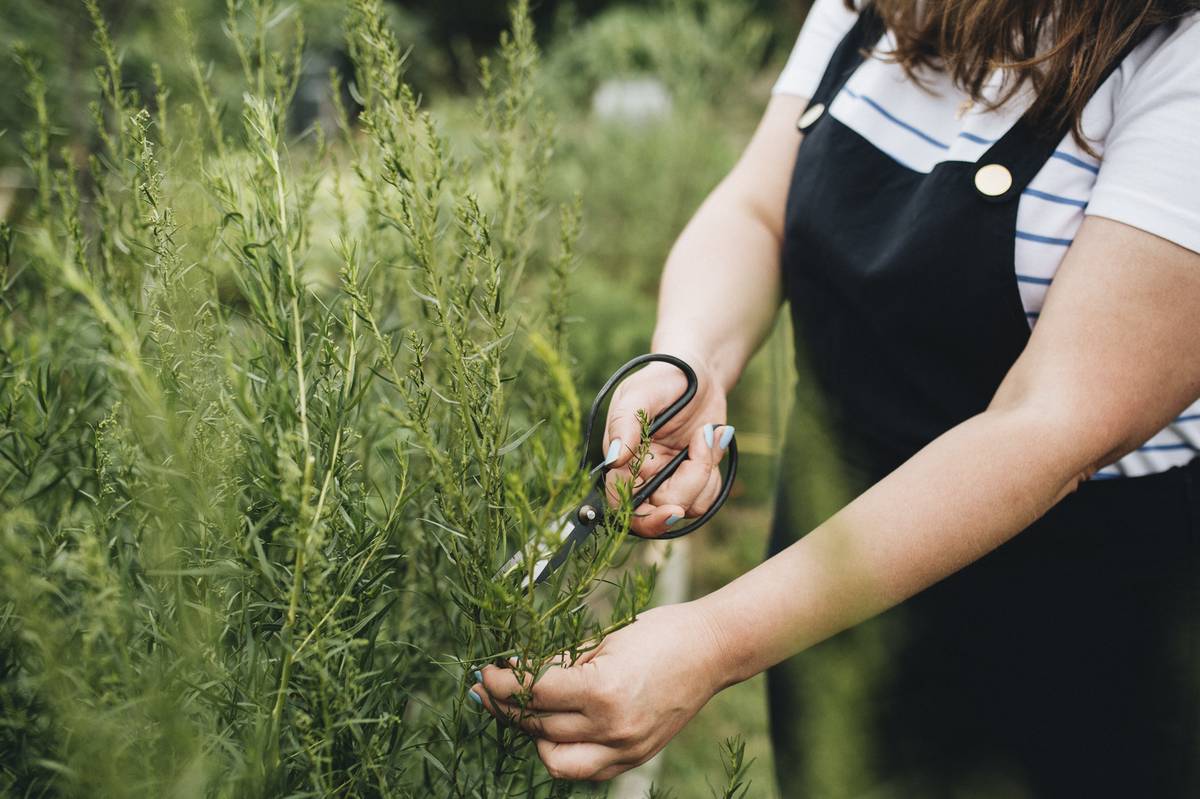
When should you plant rosemary?
Rosemary is best planted in spring, when the periods of frost are over and the soil is getting warmer - from around April to the end of June. Planting rosemary in spring gives the plant time to take root before summer arrives. Rosemary likes poor, calcareous soil.
How to prune rosemary
To keep your rosemary as healthy and beautiful as possible, it's advisable to prune it. Preferably do this in summer (after flowering) and in early spring, before new growth starts (around March). By pruning rosemary, you stimulate growth and prevent the plant from becoming woody. Note: if you regularly (throughout the year) cut off sprigs of rosemary for cooking, you are already pruning it and additional trimming may not be necessary. Pruning rosemary is simple:
- Remove all dead and damaged branches with sharp secateurs.
- Prune all rosemary branches back a little (about a third of the way down). Note: never prune down to the bare wood and make sure that some green remains.
- Prune back any side shoots to keep the rosemary compact and in a nice shape.
What does rosemary look like?
Rosemary (officially called Rosmarinus officinalis) is a moderately hardy evergreen shrub with attractive green leaves that resemble needles. When dried they’re used as herbs. The plant produces edible blue flowers from March to May, although there are also species with pink flowers. The most common rosemary plant reaches a maximum height of 1 m, whilst there is also a creeping variety that grows to about 30 cm high and is ideal for borders, hanging baskets and walls. Placing herbs like rosemary amongst decorative plants is not just a trend, but also enhances the biodiversity of your garden. Position the plant alongside a path so to that every time you pass it and touch the leaves an attractive incense-like fragrance is released. Its nectar means it's attractive to butterflies, bees and other pollinators.
Rosemary species and properties
Rosemary is part of the Lamiaceae or lipflower family. This family also includes other aromatic plants such as thyme, lavender, sage and mint. Rosemary is evergreen, fairly hardy and is especially valued for its aromatic fragrance and culinary uses.
The most common rosemary variety, rosemary officinalis, grows to a height of about 80 centimetres and can reach a maximum height of 1.5 metres. There is also a creeping species, creeping rosemary, which grows about 30 centimetres high and is ideal for borders, hanging baskets and on walls. Rosmarinus officinalis 'Blue Winter' has leaves of a blue-grey hue and a slightly less pronounced flavour. This species grows about 75 to 100 centimetres high.
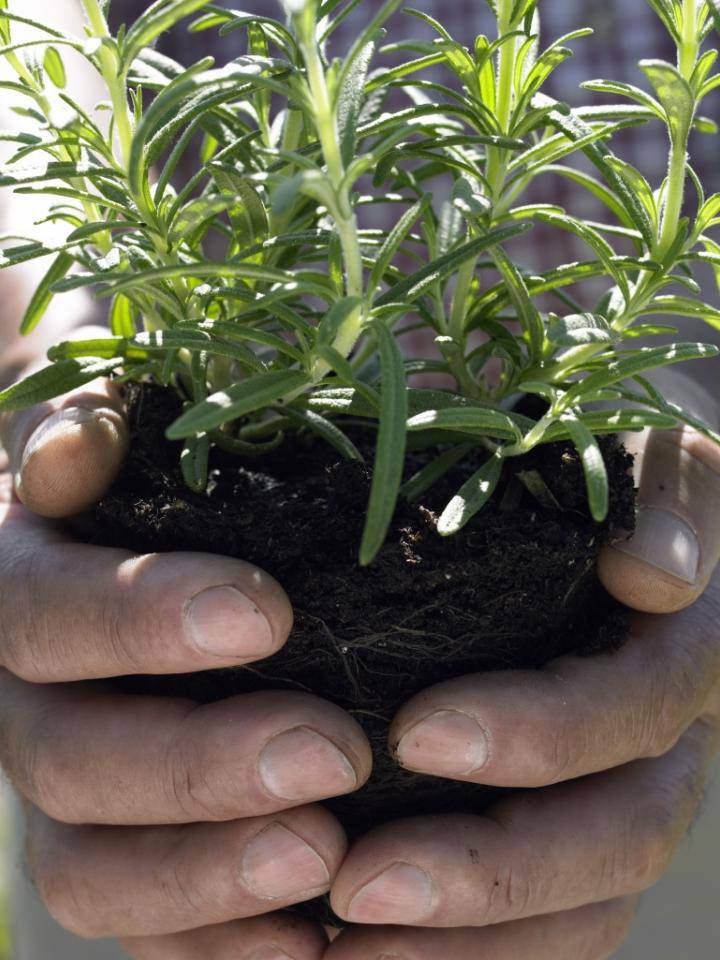
What is rosemary used for?
Rosemary is a versatile plant known for its many uses. Here are the most popular ways to use rosemary:
- Culinary: as an herb, rosemary is often used as a seasoning in dishes and as an herb for tea. Both fresh and dried rosemary leaves are suitable for this purpose. The herb is most commonly used in meat dishes (such as chicken, beef, lamb and pork), with fish, potatoes, bread and sauces. Rosemary provides an aromatic, spicy flavour that combines well with other spices and herbs.
- Medicinal: rosemary has a rich history in traditional medicine, due to its alleged medicinal properties. Among other things, it is used for digestive problems, headaches, fatigue and for better blood circulation.
- Aromatherapy: the fragrant essential oil derived from the branches and flowering tops of rosemary is used in aromatherapy. For example, the oil can be added to baths, oils and air fresheners for its invigorating effects.
- Cosmetic: rosemary oil, for its nurturing and anti-microbial properties, is added to creams, shampoos, conditioners and soaps. Rosemary oil is also used to promote hair and scalp health.
- Decorative: because of its fragrance and attractive, evergreen leaves, rosemary is also used to freshen up gardens, balconies and flower arrangements.
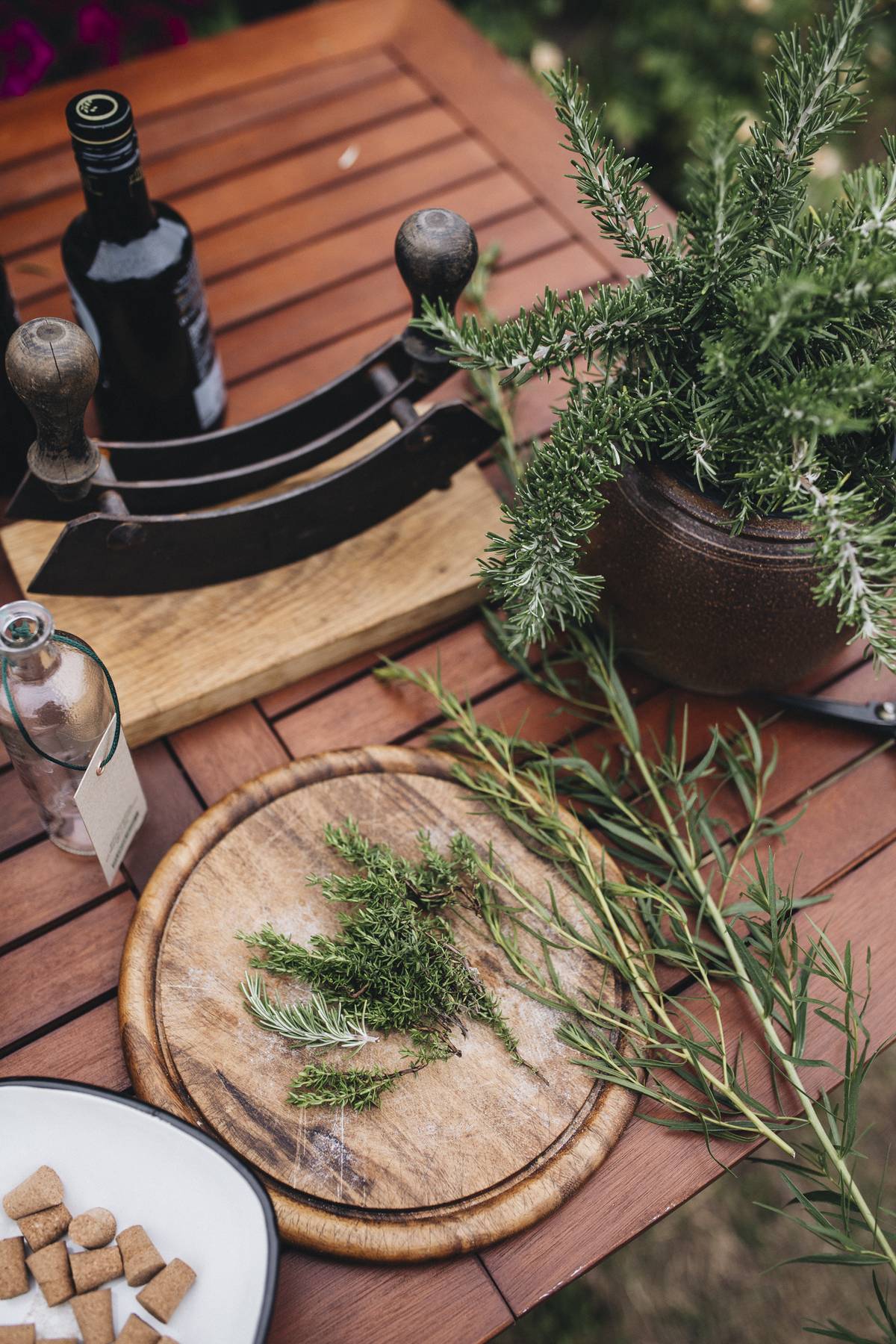
The symbolic significance of rosemary
Rosemary is valued mainly for its useful properties and fragrance. The plant has a rich symbolism, which varies by culture and depends on the context. In the UK, the plant is known as a symbol of memory. In Shakespeare's Hamlet, Ophelia says: 'There's rosemary, that's for remembrance.'
- Fidelity and memory-keeper: for centuries, rosemary has often been used in ceremonies and rituals as a symbol of fidelity. The plant used to be included in bridal bouquets and wreaths. The plant was also given to lovers going on a journey.
- Healing and purification: rosemary is known for its medicinal properties and is used in traditional medicine for its purported healing and purifying properties. The plant is therefore associated with healing and health.
- Love and friendship: rosemary is associated with love and friendship. It is traditionally used as a gift to loved ones as a sign of appreciation and affection.
